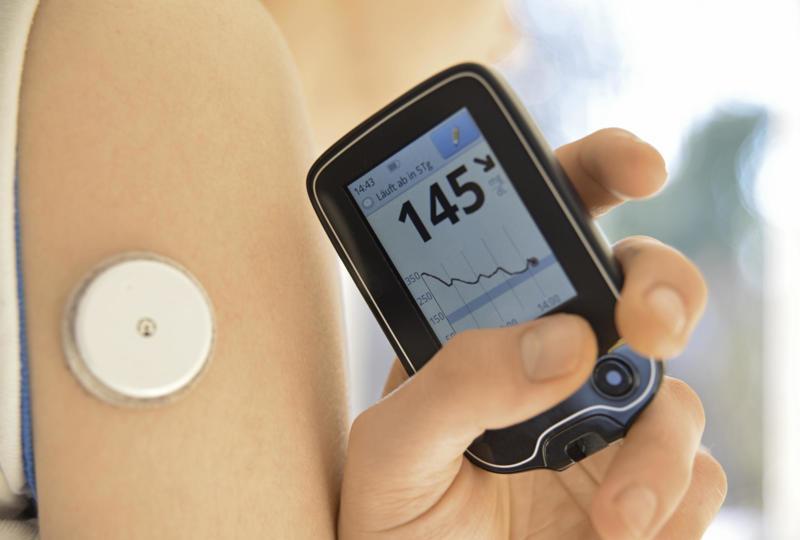Is a Continuous Glucose Monitor the Right Fit for You?
Is a Continuous Glucose Monitor the Right Fit for You?
One of the biggest challenges for diabetic patients is continuously checking their blood sugar levels. It can be particularly stressful when you need to do this several times a day, and this is especially true if you suffer from juvenile or gestational diabetes. Often, constantly managing your blood sugar levels puts several activities on hold to make sure that you are consistently testing it.
Thanks to advancements in medical technology, more diabetics have the option to use a Continuous Glucose Monitor (CGM). A CGM works by having a small glucose sensor inserted under the skin with a quick, simple and pain-free procedure. This sensor measures the sugar levels found in the tissue and transmits that information to a display device that can be worn under the clothes or attached to a belt. Some CGM devices even transmit the information to a smartphone or tablet, to allow patients and their caregivers to track the highs and lows of the patient's blood sugar.
Blood sugar levels are measured at set intervals, such as every 5, 10 or 15 minutes, and little arrows indicate if the sugar levels are high or low. If the readings show that the blood sugar levels have moved into dangerous territories, whether it’s hyperglycemic or hypoglycemic, the monitor will sound an alarm indicating that the patient needs to take action.
What is a CGM?
A CGM allows blood sugar levels to be monitored and transmit information that helps develop a full diabetic care plan, including when insulin is needed, how many snacks should be carried around, and what activities will trigger a change in the blood sugar, such as exercise.
For those patients who also use an insulin pump, the CGM can be programmed to feed the information to it, allowing the insulin to be administered when needed.
So far, research has shown that patients who utilize a CGM and other devices like it have been able to safely and effectively control their disease. There have been reports of fewer extreme highs and lows in blood sugar, as well as fewer emergency room visits to deal with these fluctuations.
These FDA systems used to only transmit the information to a medical team, but now, when prescribed to a patient, they have access to the information. This makes the CGM a perfect tool to use for children who have diabetes, so that their parent can monitor their child's blood sugar levels when they're not right beside them.
Read on to learn if a CGM is the right fit for you.



